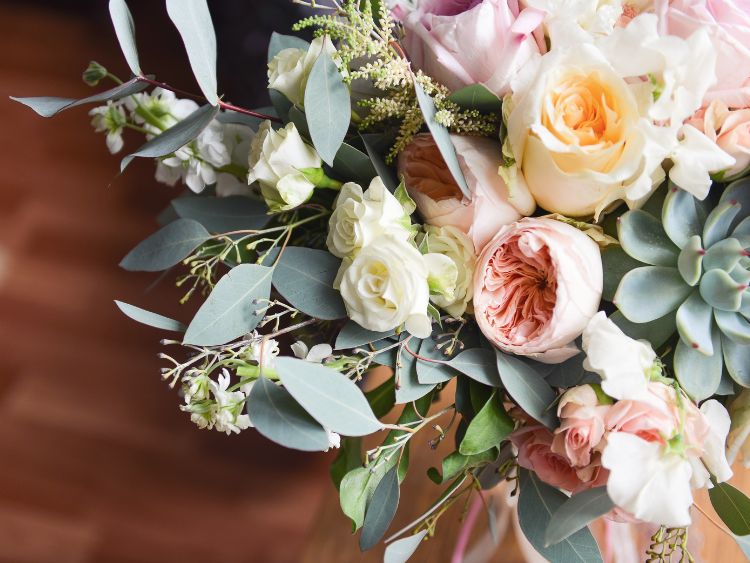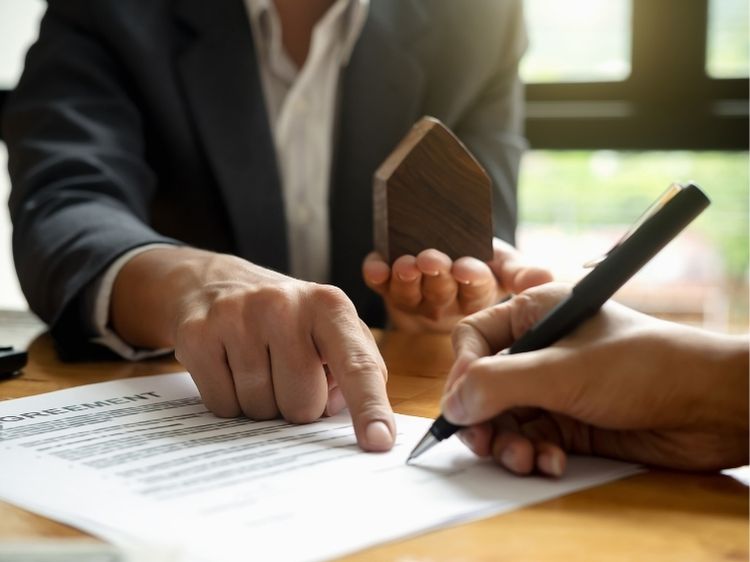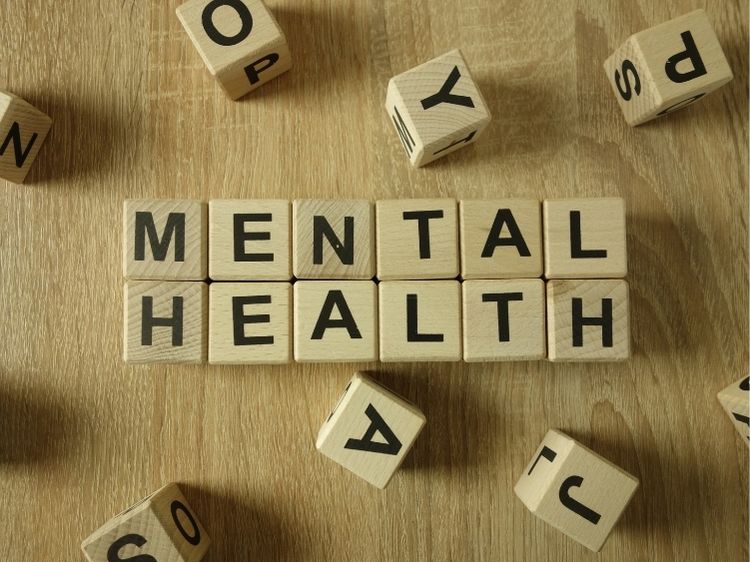When it comes to making an impression, there’s nothing quite like a sharp suit or a well-fitted tux. Men’s formal attire isn’t just about looking good—it’s about making a statement, showing respect for the occasion, and feeling confident in your skin. Whether you’re attending a wedding, a business event, or a formal gala, knowing what to wear is crucial. So, what exactly counts as “formal” attire for men, and how can you ensure you’re dressed to impress every time?
In this guide, we’ll break down the essentials of men’s formal attire, from the classic black-tie event to business formal occasions. We’ll also sprinkle in some tips and tricks to help you navigate formal dress codes like a pro.
The Basics of Men’s Formal Attire
At its core, formal attire is about elegance and sophistication. However, there are varying levels of formality, so it’s important to understand what each dress code entails. Here’s a quick breakdown of the most common formal dress codes you’ll encounter:
- Black Tie
- This is the epitome of formalwear. Expect to wear a tuxedo, a white dress shirt, and a black bow tie. Patent leather shoes complete the ensemble.
- White Tie
- The most formal of all dress codes, white tie requires a tailcoat, a white waistcoat, and a white bow tie. It’s rare but important to know for high-society events like state dinners or royal galas.
- Business Formal
- Less flashy than black tie, business formal calls for a dark suit, a tie (usually subdued), and leather shoes. Perfect for corporate events or important meetings.
- Cocktail Attire
- A little more relaxed, but still formal. A stylish suit with a tie and dress shoes works perfectly here.
Dressing for the Occasion
It’s not enough to just own a suit or two; you need to know when and how to wear them. Here’s how you can match your outfit to the event:
Black Tie Events
Weddings, charity galas, and award shows often come with a black-tie dress code. The tuxedo is non-negotiable here. Opt for a classic black or midnight blue tuxedo with satin lapels. A crisp white dress shirt and a black bow tie will finish off the look. Don’t forget the patent leather shoes—these add an extra touch of class.
Business Formal
For business formal events, such as board meetings or formal luncheons, go for a dark suit, typically in navy, charcoal, or black. The shirt should be simple—white or light blue. Your tie can express a bit of personality but avoid anything too bold. Leather Oxfords or Derby shoes are the preferred footwear.
White Tie Affairs
While white tie events are less common, they require the most specific attire. If you’re invited to one, you’ll need a tailcoat and white waistcoat, accompanied by a white bow tie. It’s the highest level of formality, reserved for elite gatherings.
Key Pieces of Men’s Formal Attire
Every well-dressed man needs a few essential items in his wardrobe to ensure he’s always prepared for formal occasions. Here’s what you should invest in:
The Suit
No matter what level of formality, a high-quality suit is a must. Invest in at least two: one black or navy suit for formal events, and one lighter suit for semi-formal occasions. Make sure your suit is well-tailored; even the most expensive suit won’t look right if it doesn’t fit you properly.
The Dress Shirt
A crisp, white dress shirt is your go-to for most formal occasions. However, having a selection of other colors (light blue, light pink) can give you some versatility. Look for shirts made from high-quality cotton with a clean, smooth finish.
The Tie
Ties come in a variety of colors and patterns, but for formal events, stick to solid colors or subtle patterns. A silk tie is the best option for formal settings. Ensure the width of the tie complements your suit’s lapels—skinny ties look best with narrow lapels, while wider ties suit broader ones.
Shoes
For black tie and business formal, your shoe choice is crucial. Opt for polished leather Oxfords or Derbies. Black is always the safest bet, but you can switch it up with a dark brown pair for less formal settings.
Accessories
Formal accessories can elevate your look from simple to suave. A sleek wristwatch, cufflinks, and a pocket square are small details that make a big difference. Avoid over-accessorizing—stick to one or two key pieces to keep things elegant.
Men’s Formal Attire FAQs
1. What is the difference between black tie and white tie attire?
Black tie attire consists of a tuxedo, black bow tie, and dress shoes. White tie attire, on the other hand, is more formal and requires a tailcoat, white waistcoat, and white bow tie.
2. Can I wear a suit to a black-tie event?
Technically, a tuxedo is the requirement for a black-tie event. However, in some modern settings, a very well-tailored black suit with a black bow tie might pass, but it’s best to stick to tradition.
3. What shoes should I wear with a tuxedo?
Patent leather Oxfords or Derbies are the ideal choice when wearing a tuxedo. Avoid casual shoes at all costs.
4. Is business formal the same as black tie?
No, business formal requires a dark suit, dress shirt, and tie but does not require a tuxedo. Black tie is reserved for more formal occasions and includes a tuxedo.
5. How can I make sure my formal attire fits well?
Always get your suit tailored. Focus on the fit around the shoulders, chest, and waist. Your pants should break just above the shoes, and your sleeves should show about half an inch of your shirt cuff.
Conclusion
Dressing for formal events can seem daunting at first, but with the right knowledge and wardrobe staples, you’ll be the sharpest dressed man in the room. Whether you’re attending a black-tie wedding or a business formal meeting, understanding the nuances of men’s formal attire ensures you’re always dressed for success. Remember, the key is in the details, so pay attention to your fit, accessories, and, of course, your confidence.


